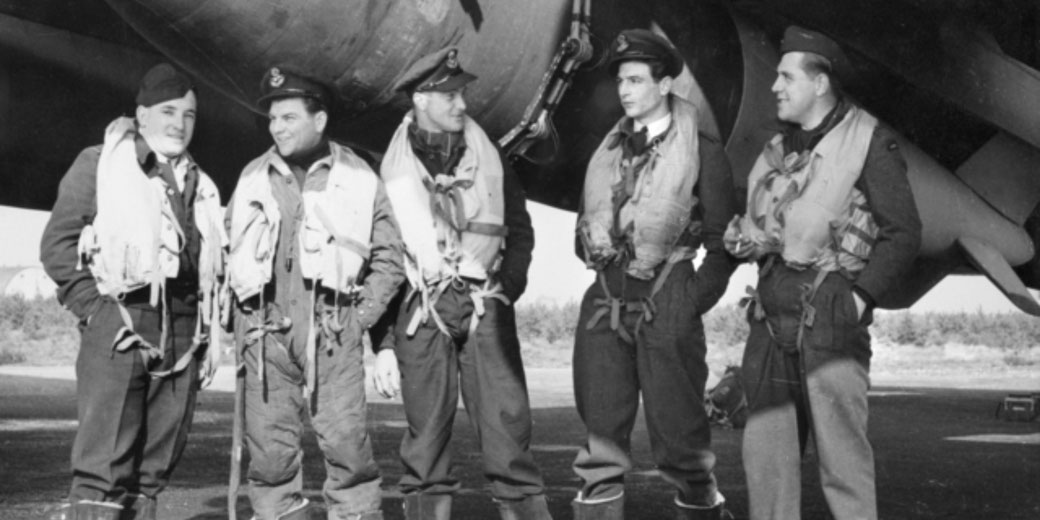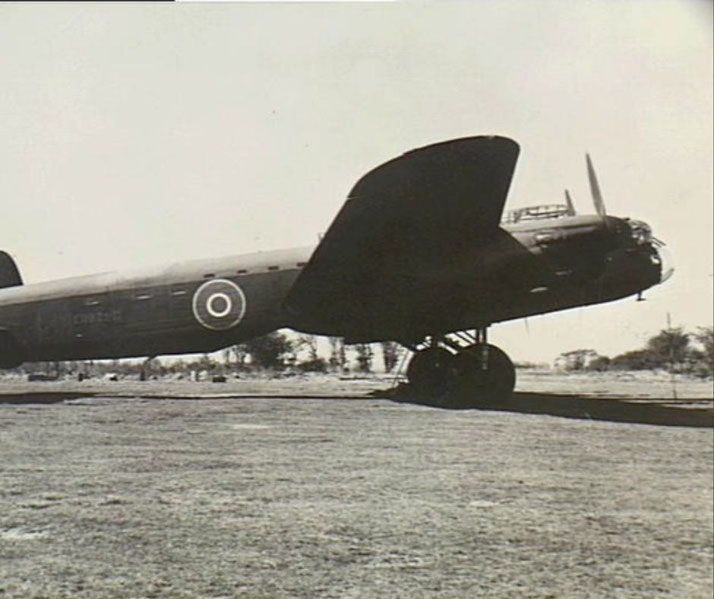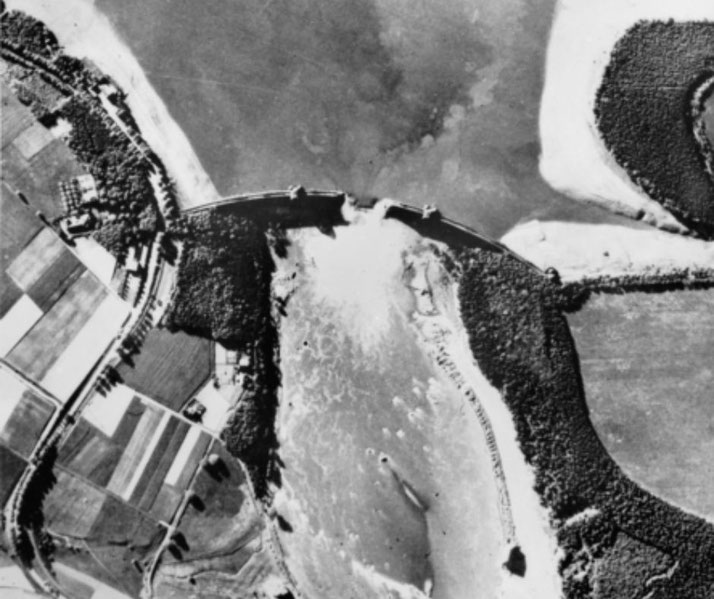Who were the Dambusters?

The Dambusters were an elite squadron of the Royal Air Force 617 Squadron who were tasked with a mission that seemed almost impossible.
Officially known as Operation Chastise, they were formed during a time of great uncertainty and peril, with the Axis powers, particularly Nazi Germany, threatening the very fabric of democracy and freedom in Europe.
Their mission was as daring as it was crucial—to destroy a series of dams in Germany’s industrial Ruhr Valley, thereby disrupting the enemy’s war production and dealing a significant blow to their morale.
How the Dambusters were created
The formation of the Dambusters, officially known as the Royal Air Force 617 Squadron, was a meticulous and highly secretive process, initiated in response to the pressing need to disrupt Nazi Germany's industrial capabilities during the height of World War II.
The Squadron was established on March 21, 1943, under the command of Wing Commander Guy Gibson, a seasoned and decorated pilot.
Gibson was tasked with handpicking aircrew members, selecting a mix of experienced aviators and promising young talent, forming a diverse and skilled team ready to undertake the unprecedented mission that lay ahead.
What was the Dambusters' mission?
The objective of this newly formed squadron was singular yet formidable—to execute Operation Chastise, a daring raid aimed at destroying key dams in Germany’s Ruhr Valley, thereby crippling the region's industrial production and affecting the enemy’s war effort.
The Ruhr Valley was the heart of Nazi Germany’s industrial might, housing factories, mines, and hydroelectric power stations, making it a strategic target for the Allies.
The destruction of the dams would not only cut off electricity and water supply to the factories but also cause widespread flooding, further hampering Germany’s military production.
Central to the success of the mission was the development of a revolutionary weapon—the bouncing bomb, designed by the ingenious engineer Barnes Wallis.
This unique bomb was crafted to skip across the water, avoiding underwater defenses, before sinking and detonating against the dam walls.
The development and testing of the bouncing bomb were shrouded in secrecy, with Wallis facing numerous challenges and setbacks before achieving a design that could effectively breach the dams.
The aircrews practiced intensively over British reservoirs, honing their skills in low-level flying and precise bomb aiming, simulating the conditions they would encounter over the German dams.
The training was conducted under the cover of darkness, maintaining the element of surprise and ensuring that the nature of the mission remained undisclosed.

How successful were the Dambusters?
On the moonlit night of May 16, 1943, nineteen Lancaster bombers of the Royal Air Force 617 Squadron, famously known as the Dambusters, embarked on Operation Chastise, a daring and perilous mission to destroy the Möhne, Eder, and Sorpe dams.
The success of this mission was pivotal, aiming to cripple the Nazi war machine by disrupting water supply and electricity production, thereby causing widespread flooding and damage to the region's factories and infrastructure.
The aircrews faced a gauntlet of challenges as they navigated through enemy territory, flying at an exceptionally low altitude to avoid radar detection and to accurately release the specially designed bouncing bombs.
The invention of Barnes Wallis, these bombs were engineered to skip across the water’s surface, bypassing torpedo nets and other defenses, before sinking to the base of the dam walls and detonating with formidable impact.
The precision and timing required for the release of the bombs were critical, with crews relying on a combination of skill, coordination, and innovative aiming devices to hit their targets.
The first target, the Möhne Dam, was successfully breached after several attempts, unleashing a torrent of water into the valley below and causing significant destruction.
The Eder Dam, the second target, was also breached, amplifying the devastation and further hampering the German war effort.
However, the Sorpe Dam proved resilient, withstanding the attack and remaining intact.
The raiders faced fierce anti-aircraft fire, challenging navigational conditions, and the ever-present risk of collision with terrain, showcasing extraordinary bravery and determination throughout the mission.
While Operation Chastise achieved notable success in breaching two of the targeted dams and disrupting German industry, it also came at a considerable human cost.
Of the nineteen aircraft that embarked on the mission, eight were lost, and fifty-three airmen perished.
The raid also resulted in civilian casualties, raising ethical questions and sparking debates about the moral implications of such strategic bombings.

The aftermath and impact of the raid
In the wake of Operation Chastise, the landscape of the Ruhr Valley bore the scars of the Dambusters' daring raid.
The breaching of the Möhne and Eder dams unleashed a deluge of water, flooding mines, factories, roads, and railways, causing widespread destruction and disruption to the German war effort.
The immediate aftermath saw a significant impact on industrial production in the region, with resources being diverted to repair the damaged infrastructure, thereby straining the already stretched German war machine.
The psychological ramifications of the raid were profound. The audacity and success of the mission bolstered Allied morale, showcasing the vulnerabilities of Nazi Germany and symbolizing a turning point in the war.
The Dambusters became symbols of courage and ingenuity, their story resonating as a beacon of hope and determination amidst the darkness of conflict.
For the German populace and military, the raid was a blow to their confidence, revealing the susceptibility of their defenses and challenging the perceived invincibility of the Third Reich.
However, the success of the Dambusters' mission was not without its controversies and complexities.
The raid resulted in significant civilian casualties, including the loss of lives among forced laborers and prisoners of war.
The scale of the destruction and the human cost raised ethical questions and sparked debates about the morality of strategic bombings and the balance between military objectives and collateral damage.
These debates continue to this day, as historians and ethicists grapple with the moral dilemmas posed by wartime actions and their consequences.
The mission influenced subsequent military strategies, with precision bombing becoming a focal point of aerial warfare.
The story of the Dambusters inspired generations, being immortalized in films, books, and memorials, serving as a testament to human resilience, innovation, and the pursuit of freedom against the forces of tyranny.
What do you need help with?
Download ready-to-use digital learning resources
Copyright © History Skills 2014-2025.
Contact via email
With the exception of links to external sites, some historical sources and extracts from specific publications, all content on this website is copyrighted by History Skills. This content may not be copied, republished or redistributed without written permission from the website creator. Please use the Contact page to obtain relevant permission.





